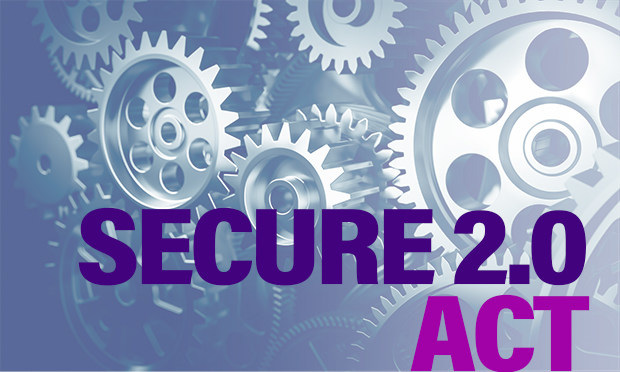
To the relief of many plan sponsors and employers, the IRS last week announced an administrative transition period that extends until 2026 the new requirement that any catch-up contributions made by higher-income participants in 401(k) and similar retirement plans must be designated as after-tax Roth contributions. The agency also clarified that plan participants who are age 50 or older can continue to make catch-up contributions after 2023, regardless of income.
The extension will help taxpayers smoothly adjust to the new Roth catch-up requirement, and it is designed to facilitate an orderly transition for compliance with that requirement, the IRS said.
Recommended For You
A large number of retirement industry organizations had called for the government to delay the key SECURE 2.0 change, which was set to begin on January 1, 2024, and which would have caused many 50-and-older retirement plan participants to lose the ability to make catch-up contributions.
More than 200 Fortune 500 companies, firms, and public employers—including the American Retirement Association, Chipotle Mexican Grill, Fidelity Investments, Charles Schwab, Microsoft, and Delta Air Lines—asked Congress for a two-year delay to the Roth catch-up rule. One reason is that new payroll systems and administrative work will be needed, which many employers believe couldn't be implemented in time to allow participants to make Roth catch-up contributions next year.
"If you're 50 years old or older, no matter your income level, you can continue to make catch-up contributions on a pretax basis through your employer-sponsored retirement plan," according to Kiplinger. "However, according to the IRS, those catch-up contributions will eventually have to be made on a Roth basis if your income meets or exceeds the $145,000 threshold. So, it's still a good idea to start planning now and consult a trusted tax professional to determine the best way to maximize your retirement savings."
The Treasury Department and IRS plan to issue future guidance to help taxpayers.
Comments on the transition extension can be submitted at www.regulations.gov through October 24, 2023. All comments should reference Notice 2023-62.
From: BenefitsPRO
© 2025 ALM Global, LLC, All Rights Reserved. Request academic re-use from www.copyright.com. All other uses, submit a request to [email protected]. For more information visit Asset & Logo Licensing.





